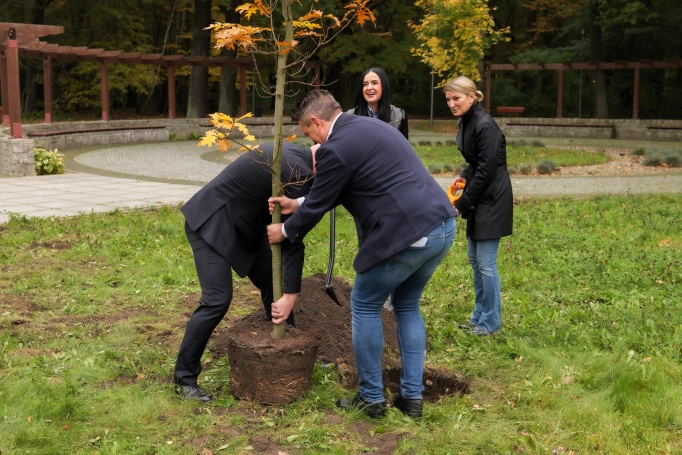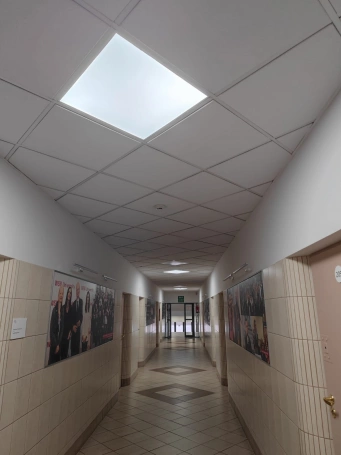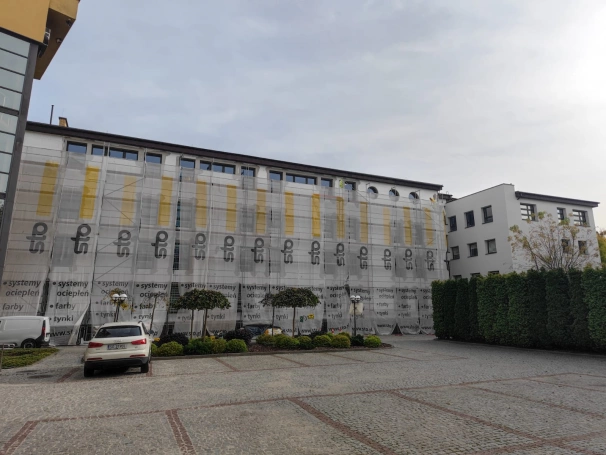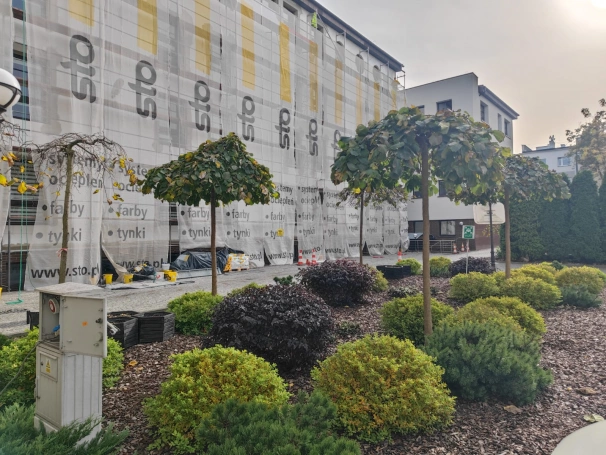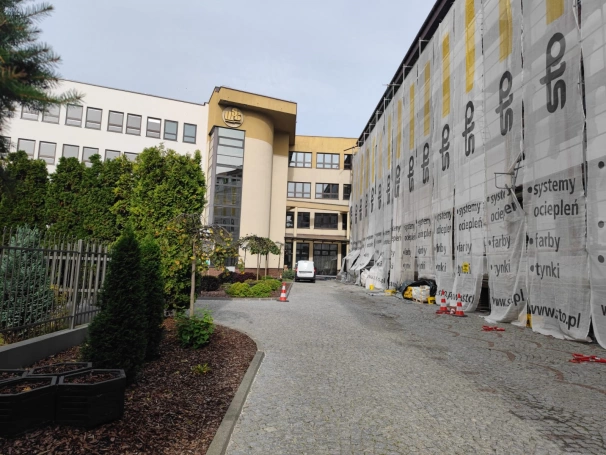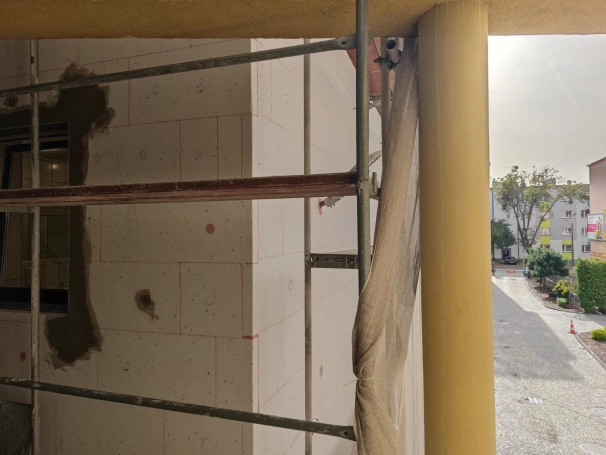- Student
- Student
- News
- Business School
- Doctoral School
- International Dean’s Office
- International Cooperation Office
- Academic Career Office
- Academic Sports Association
- Library
- Student Groups
- Internships
- Electronic Examination Center
- Scholarship office
- Finance Department
- Your Stay in Poland
- Academic Schedule
- The Centre for People with Special Needs
- Alumni and Students Association
- Personal Student Profile
- Support Zone
- Virtual University
- Contact
- Individual Study Plan
- Admissions
- Admissions
- Research
- University
- Erasmus+
Energy Efficiency and Climate Action
At WSB University, energy efficiency is not only a technological choice but a strategic commitment to sustainability, environmental stewardship, and responsible campus development. The University recognizes that every kilowatt-hour saved represents a concrete contribution to climate action, resource conservation, and sustainable operations. Through targeted investments, innovative systems, and community engagement, WSB University continuously works to minimize its carbon footprint and promote a culture of energy awareness across all levels of the institution.
These initiatives directly advance several United Nations Sustainable Development Goals (SDGs), including SDG 7 (Affordable and Clean Energy), SDG 9 (Industry, Innovation, and Infrastructure), SDG 11 (Sustainable Cities and Communities), SDG 12 (Responsible Consumption and Production), and SDG 13 (Climate Action).
1. Energy Efficiency Planning and Strategy
The University integrates energy efficiency principles into infrastructure design, renovation, and operational planning. Comprehensive assessments identify opportunities to reduce consumption while maintaining a comfortable and productive learning environment. Each project is guided by the principle that sustainability and functionality must coexist harmoniously.
- Energy performance is considered at every stage of building design and equipment procurement.
- Investment in green technologies and smart systems supports long-term energy optimization.
- Energy audits are periodically conducted to monitor progress and identify new efficiency opportunities.
2. Implementation of Energy-Efficient Technologies and Systems
WSB University has adopted a range of modern, energy-saving solutions across its campuses to ensure optimal efficiency in daily operations:
- LED Lighting Systems – All classrooms, offices, and outdoor areas are illuminated with energy-efficient LED lighting, providing long lifespan, high-quality light output, and reduced electricity consumption.
- Smart HVAC Systems – Heating, Ventilation, and Air Conditioning systems are equipped with automated controls and energy-efficient components, optimizing indoor comfort while minimizing energy demand.
- Smart Thermostats and Building Automation – Intelligent temperature management systems adjust heating and cooling based on occupancy patterns and schedules, ensuring efficiency without compromising comfort.
- Motion Sensor Lighting – Installed in high-traffic and intermittent-use areas, motion sensors eliminate unnecessary lighting use, further lowering energy waste.
- Low-Flow Fixtures and Hot Water Controls – Efficient water fixtures reduce both water usage and the energy required for heating, contributing to sustainable resource management.
- Energy-Efficient Office and IT Equipment – Administrative offices and computer labs use low-energy computers, monitors, and peripherals, reducing standby and operational power consumption.
- Smart Vending Machines – Advanced cooling and LED systems in vending units optimize energy use while maintaining convenience for campus users.
- Sustainable Construction Materials – Renovation and new construction projects incorporate eco-friendly and thermally efficient building materials, reducing heating and cooling needs and improving insulation.
3. Monitoring, Evaluation, and Continuous Improvement
Energy consumption is continuously monitored through digital management systems and performance indicators. The University tracks usage data for electricity, heating, and water to identify trends, detect inefficiencies, and support informed decision-making.
Regular energy audits and maintenance reviews ensure that all systems operate at optimal performance levels. Evaluation results are shared within relevant departments to encourage accountability and drive innovation in energy-saving practices.
4. Community Engagement and Behavioral Change
WSB University believes that achieving true energy efficiency extends beyond technology—it requires active participation and awareness from the entire academic community.
Students, faculty, and staff are encouraged to practice energy-saving habits, such as responsible device usage, mindful lighting, and reducing waste in daily activities. Educational campaigns, sustainability workshops, and events such as Green Campus Week promote awareness of how individual actions contribute to collective environmental goals.
5. Alignment with the Sustainable Development Goals (SDGs)
WSB University’s energy efficiency initiatives contribute to:
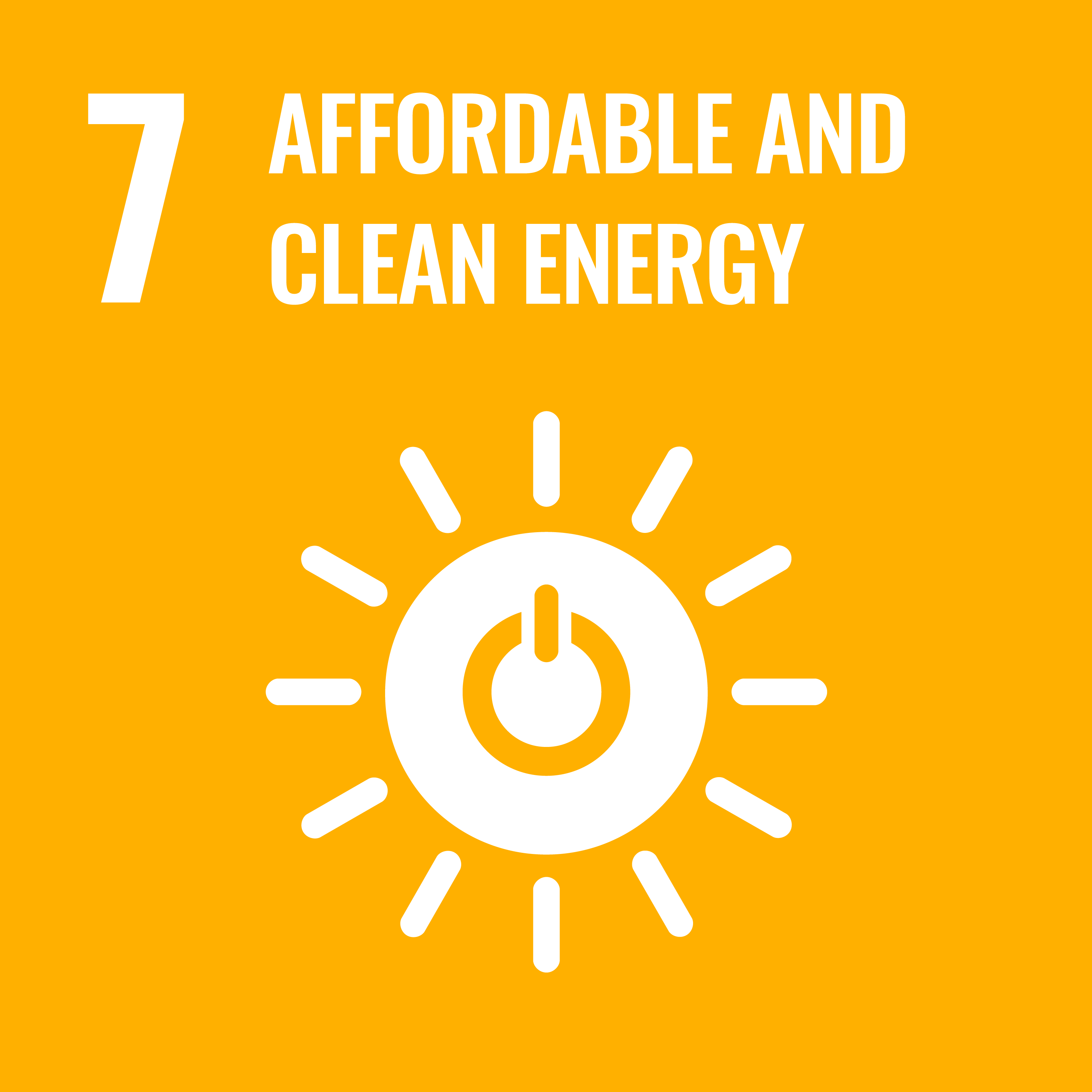 Promoting access to affordable and clean energy through the use of efficient systems and renewable sources.
Promoting access to affordable and clean energy through the use of efficient systems and renewable sources.
 Integrating innovation and smart technologies into infrastructure.
Integrating innovation and smart technologies into infrastructure.
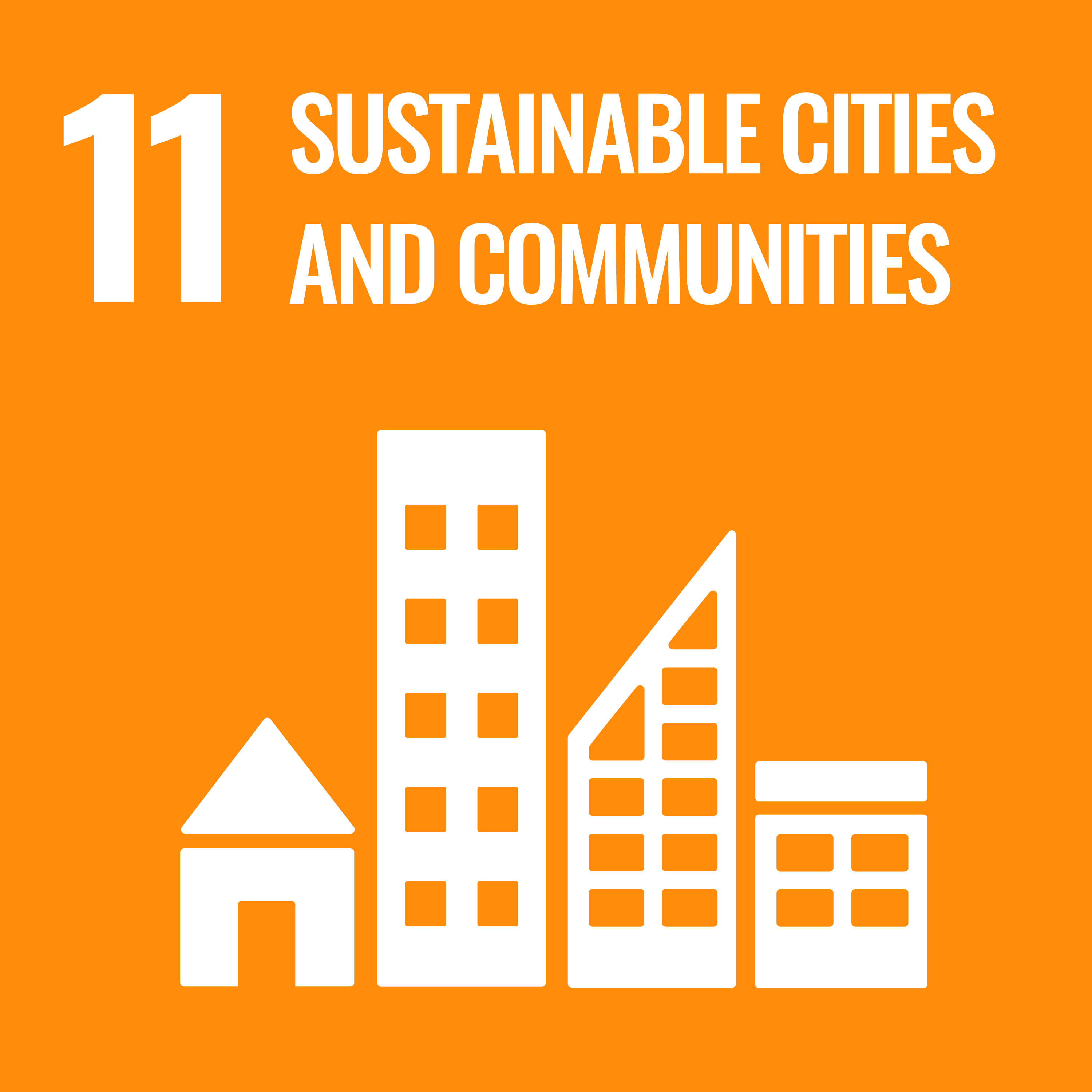 Supporting sustainable campus development within the urban ecosystem.
Supporting sustainable campus development within the urban ecosystem.
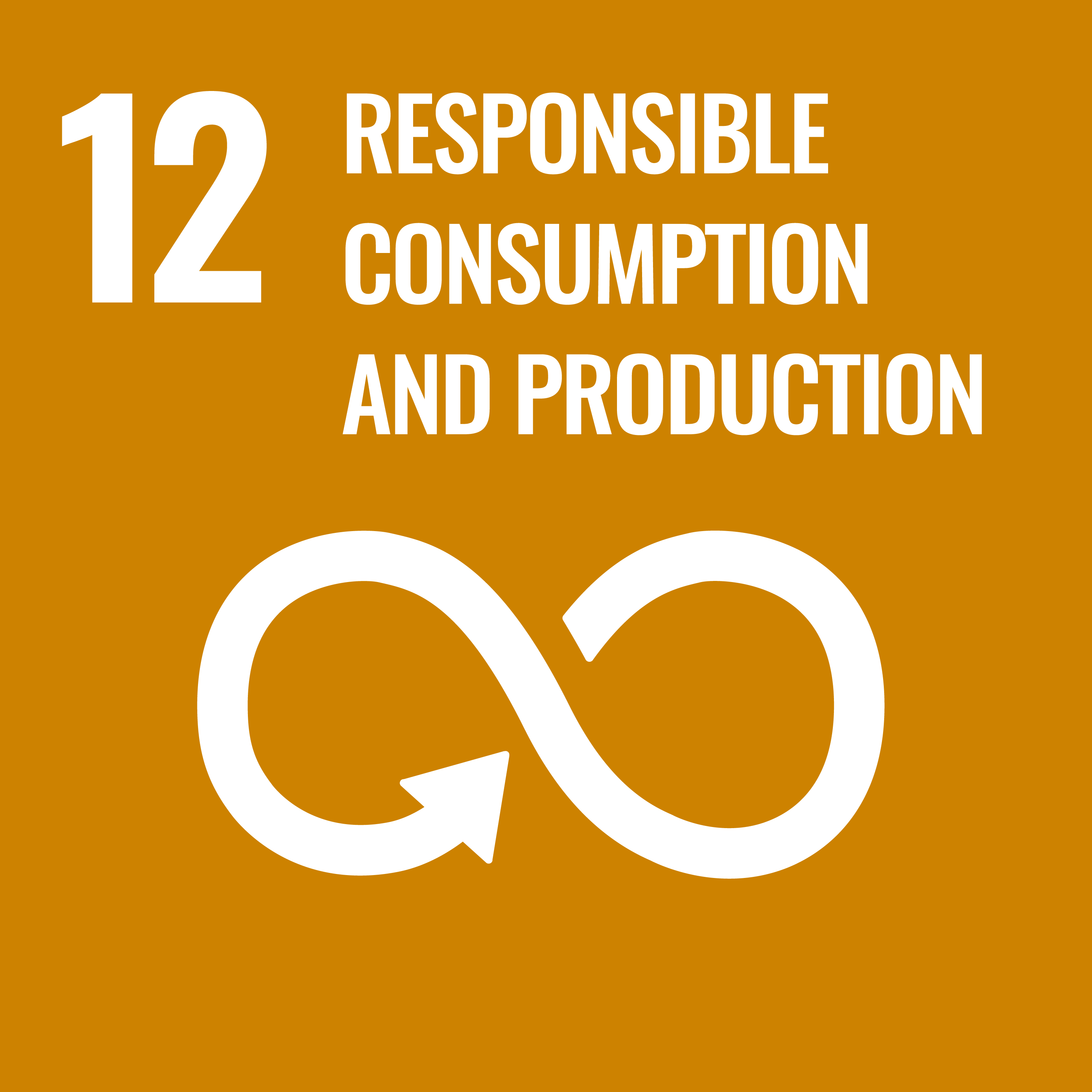 Encouraging responsible consumption and reducing resource waste.
Encouraging responsible consumption and reducing resource waste.
 Strengthening resilience and reducing emissions through energy-saving practices
Strengthening resilience and reducing emissions through energy-saving practices
Through these concerted efforts, WSB University exemplifies a holistic approach to energy efficiency and sustainable campus management. By combining technology, policy, and human engagement, the University continues to reduce its environmental impact while inspiring the next generation to pursue a greener, more responsible future.

